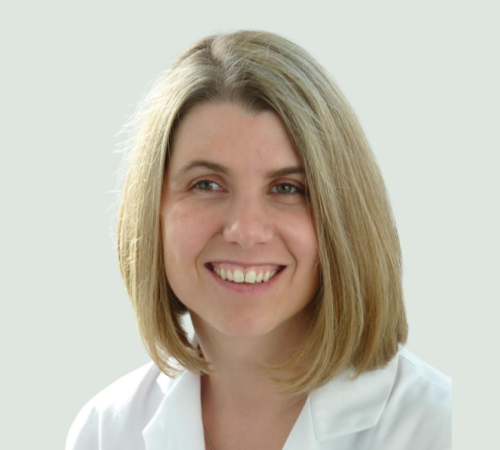
Interview with 2017 HSF Danby Grant Recipient Amanda Nelson, PhD
December 1, 2022
Tell us a bit about yourself.
I am a PhD doctor trained in skin biology. My research lab uses patient skin and blood samples to understand the biology behind many common inflammatory skin diseases, such as acne vulgaris and hidradenitis suppurativa. My lab team and I work closely with our clinical collaborators (medical doctors) so that we can understand and explain many of the clinical characteristics of skin disease. With our knowledge of these skin diseases, we also work in concert with other researchers, clinicians and industry to discover and develop novel therapies for these conditions.
What inspired you to study HS?
In a nutshell—Dr. William Danby. In 2014, I received a phone call from the late Dr. William (Bill) Danby, who this grant program is named after. He asked me to help tackle a question he had about HS. After talking with Bill for a few minutes on the phone, I was hooked! All of my scientific training has been in skin and specifically focused on the sebaceous gland (oil gland) and hair follicle (pore) in skin. I knew that my lab team and I could apply our expertise to HS and help advance HS research, and ultimately improve patient care with our discoveries. Bill set us on our current path, but the HS patients keep us going! Because of our research directions and approaches, we interact with and learn so much from our HS patients. Patients show us where we need to be asking questions and help us get to the answers by participating in our research studies.
What was the goal of the project you proposed for the Danby grant and what did you learn?
Funding from the HS Foundation was so important to our research program. I was fortunate to receive an initial grant from the HS Foundation in 2015 to investigate whether skin stem cells were misplaced and abnormally active in HS lesions and whether these stem cells were part of what is termed the “invasive proliferative gelatinous mass” (IPGM) in severe HS lesions. Clinical experience informed us that IPGM must be cleared from lesions for optimal healing and decreased lesion recurrence rates. However, we did not know anything about this IPGM substance. Through this work, we learned that the IPGM contains an abundance of immune cells, inflammatory cytokines and tissue degrading enzymes, all of which likely contributes to the chronic inflammation in HS lesions. This research helps support why clinicians noted that removing IPGM helps in lesion clearance.
Even though we did not identify definitive skin stem cells in this initial study, it was still top of mind for another study that was funded by the inaugural Danby Research Grant in 2017. This project is still on-going in my laboratory today. We know from published studies that the site of the hair follicle rupture in HS lesions is physically very close to the site of epidermal stem cells located at the upper portion of the follicle. So we asked whether hair follicle rupture could trigger aberrant skin stem cell activation and migration leading to the development of the epithelialized skin tunnels. This is a large multi-faceted question. First, we are using state-of-the-art 3D imaging technology to examine the skin architecture and skin appendages in HS skin to determine if there is a structural deficit within the skin of HS patients. This is still an on-going effort in my laboratory.
What do these findings mean for HS patients?
The ultimate goal of our translational research is to positively impact patient lives, whether that means our findings help inform clinicians understanding of the disease or whether we are able to discover new therapeutic directions from our work.
With each question we tackle, our understanding of HS increases, but more questions develop. As basic and translational research from teams of scientists, clinicians and patients continues to grow, the future of HS therapy is very bright.

